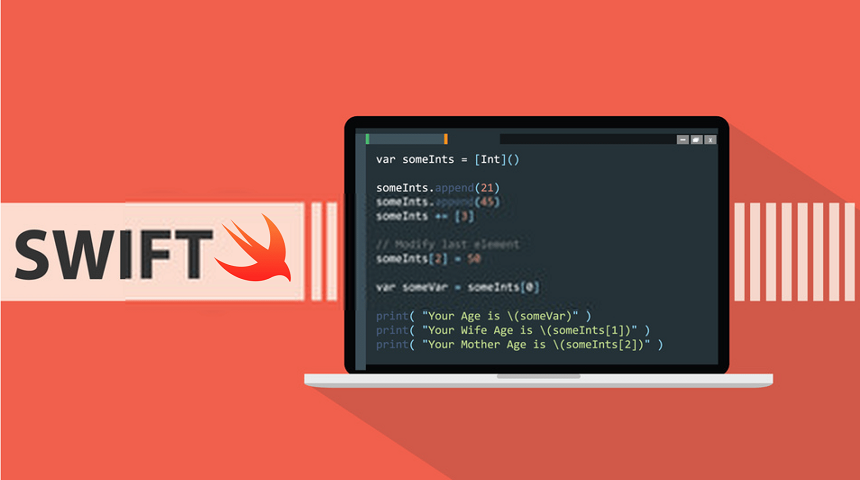
Free eBooks for Beginners
Functions are a critical aspect of any programming language, and SWIFT is no exception. If you’re new to SWIFT, you may be wondering what functions are and how they can be used to write better code. In this article, we’ll introduce you to the basics of functions in SWIFT and explain how they can be used to simplify your code and make it more efficient.
What are Functions?
A function is a self-contained block of code that performs a specific task. Functions are an essential tool for breaking down a large program into smaller, more manageable pieces. By dividing your code into functions, you can write smaller, more focused pieces of code that can be easily tested and reused in other parts of your program.
Defining Functions
In SWIFT, you can define a function using the func keyword, followed by the name of the function and a set of parameters. You can then write the code for the function within a set of curly braces.
For example, you might define a function that takes two numbers as input and returns the sum of those numbers. This function could be called from other parts of your program to perform the calculation and return the result.
Using Functions
Once you have defined a function, you can use it in other parts of your program simply by calling the function and passing in the required parameters. Functions are an essential tool for making your code more readable and easier to maintain, as they allow you to abstract away complex logic into smaller, more focused pieces of code.
In addition to returning values, functions can also take parameters. These are values that are passed into the function when it is called, and can be used to customize the behavior of the function for different inputs.
Return Values and Parameters
When a function is called, it can return a value to the caller. This value can be used to represent the result of the function, or to pass information back to the caller. For example, a function that calculates the sum of two numbers might return the result of the calculation to the caller.
In addition to return values, functions can also take parameters. These are values that are passed into the function when it is called, and can be used to customize the behavior of the function for different inputs. For example, a function that calculates the sum of two numbers might take two parameters as input, and use those parameters to perform the calculation.
Conclusion
Functions are a key aspect of SWIFT programming, and are essential for breaking down large programs into smaller, more manageable pieces. By mastering the basics of functions in SWIFT, you’ll be well on your way to writing more efficient and readable code. Whether you’re a beginner or an experienced developer, understanding the basics of functions will be an important step in your journey to becoming a skilled SWIFT programmer.
Cookbook – SWIFT for Beginners – Chapter 18: Functions
 Loading...
Loading...
Disclaimer: The information and code presented within this recipe/tutorial is only for educational and coaching purposes for beginners and developers. Anyone can practice and apply the recipe/tutorial presented here, but the reader is taking full responsibility for his/her actions. The author (content curator) of this recipe (code / program) has made every effort to ensure the accuracy of the information was correct at time of publication. The author (content curator) does not assume and hereby disclaims any liability to any party for any loss, damage, or disruption caused by errors or omissions, whether such errors or omissions result from accident, negligence, or any other cause. The information presented here could also be found in public knowledge domains.